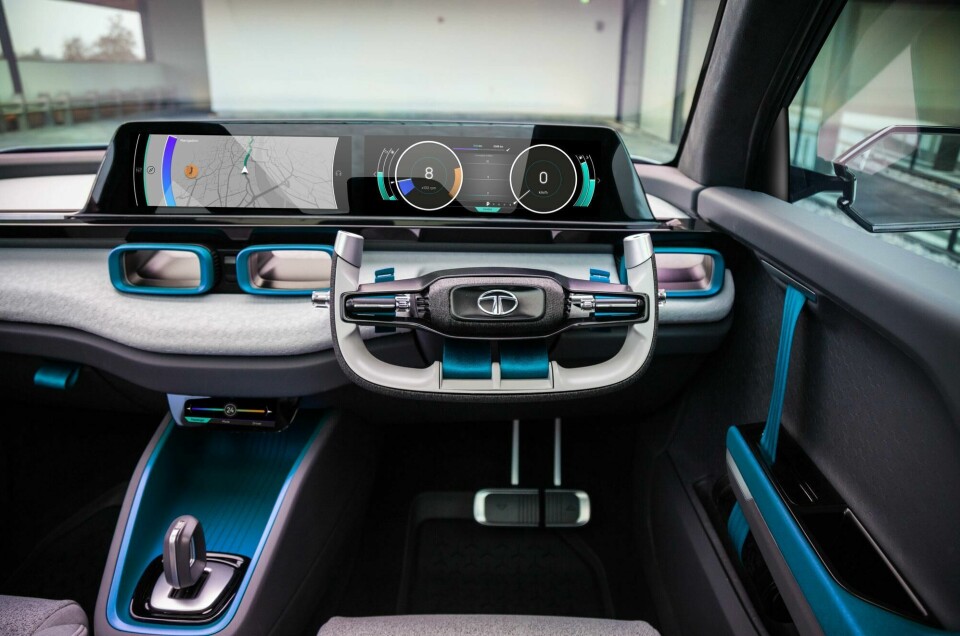
Tata’s H2X shrinks the bluff SUV format to city-car size
Substantially shorter than today’s popular B-segment SUVs, the Tata H2X concept previews an upcoming city-sized SUV
Despite the runaway success of B-segment SUVs, a niche successfully pioneered by Nissan’s Juke, there’s been relatively little exploration of any opportunity below. With B-sized offerings averaging 4.2 metres in length, SUV-style vehicles in the 3.7 to 4.0 metre range amount to the Suzuki Ignis plus a smattering of jacked-up city cars.
That’s a shortfall that Indian manufacturer Tata aims to address with an upcoming production SUV, previewed by the H2X concept revealed at the Geneva show. It has all the brash style of much bigger SUVs condensed into a 3.85 metre footprint.
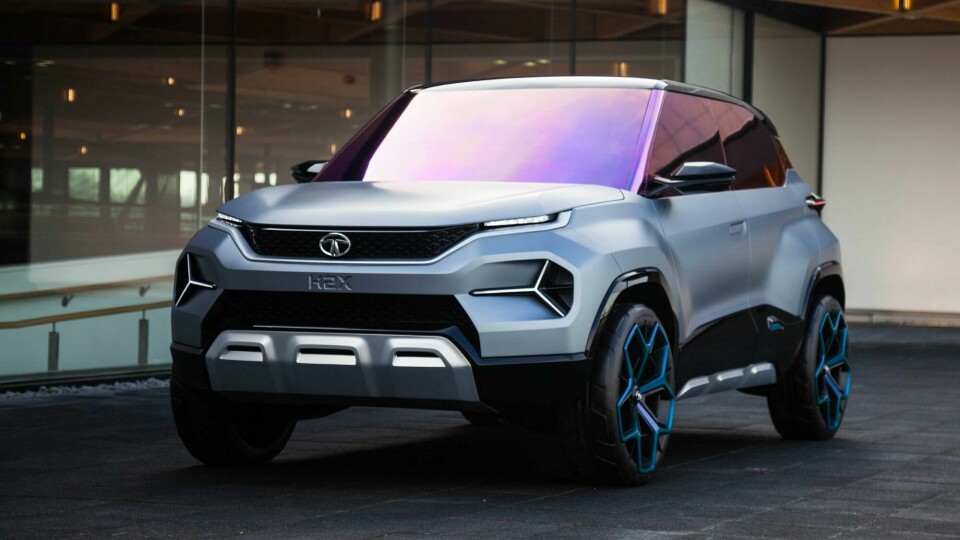
“This segment doesn’t exist today,” says Pratap Bose, Tata’s global vice president of design, adding that the small SUV previewed by the H2X will bookend of a family of five SUVs when it arrives next year. “Our philosophy is to offer an SUV at every size and every price.”
Tata’s ambition for the car is not limited to India, as the choice of Geneva for the H2X launch underscores. A stylish A-segment SUV could slot just as easily into the busy streets of Milan as Mumbai.
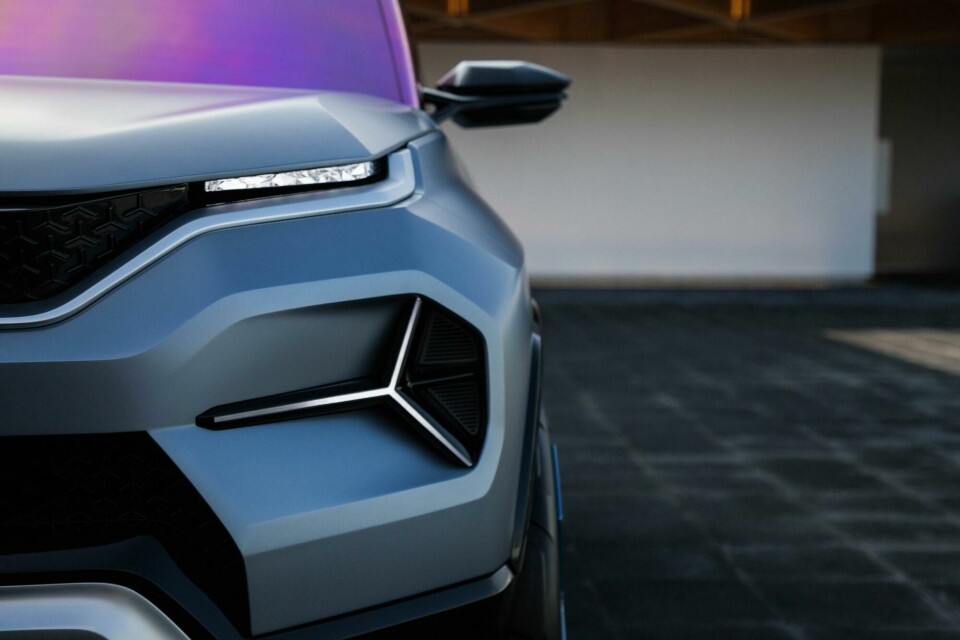
?UMBRACO_MACRO macroAlias="RTEImage" image="546666" caption="" lightbox="1" position="left" size="large-image" ?
To address the tastes of target buyers, Tata’s design team aimed to combine an outdoor sports vibe with a techie feel. “The lights, the detailing, the HMI, the materials – everything is very techie in its approach,” says Martin Uhlarik, head of design at Tata’s UK studio, where the H2X was created.
The car’s dual-layer face shares a resemblance with Tata’s recent Harrier production SUV, with angled DRLs stretching out from the corners of a slim upper grille, above a pair of angular clusters. For the H2X, the component shapes have been made less organic and more technical.
The H2X features a wraparound glasshouse with an iridescent finish, inspired by ski goggles, appearing green, blue or purple depending on viewing angle – peacock colours that are a Tata hallmark. The same shades are seen in pearlescent ChromaFlair paint applied to exterior elements such as the wheel trims.
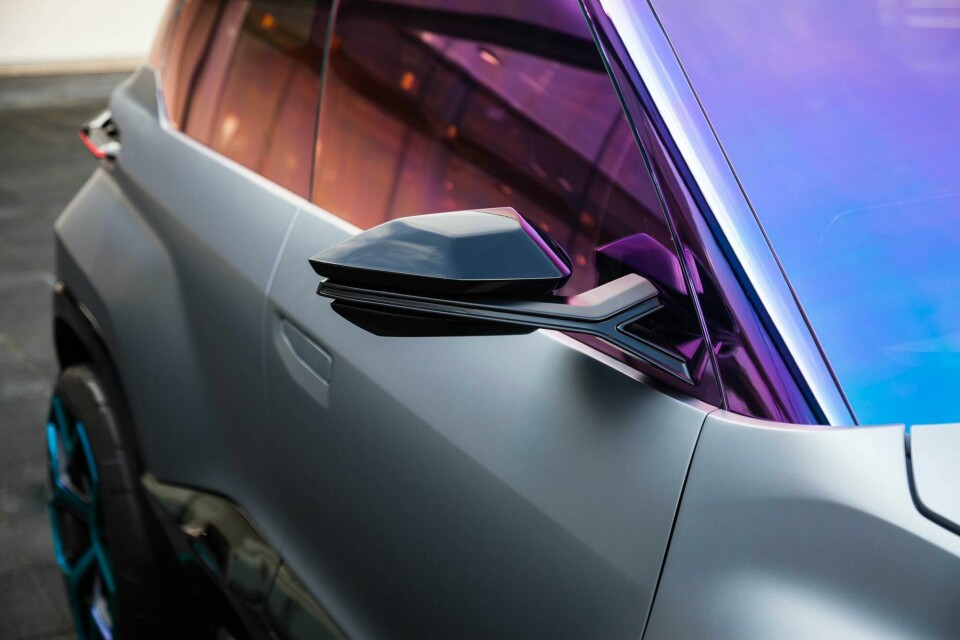
?UMBRACO_MACRO macroAlias="RTEImage" image="546658" caption="" lightbox="1" position="left" size="large-image" ?
Below the glasshouse runs another Tata signature – a shoulder crease called the slingshot line that arrows straight across the doors to the rear lamps. In a departure from previous designs the crease forks around a Y-shaped tail lamp, though the straight line is sustained by the red stripe of the rear daytime light.
Another Tata feature is a diamond-shaped DLO, with the side glazing narrowing towards the A and D pillars, though Uhlarik says the effect is toned down on the H2X. The bodyside surfacing also echoes the diamond shape, emphasised by satin grey paint that cuts reflections, bringing the forms to the fore.
A tri-arrow graphic that is a signature of recent Tata designs appears moulded into the front grilles and stencilled on the glazed roof, and is also echoed in the Y-shaped lamps and mirror brackets.
Given the compact dimensions of the H2X, creating a sense of space and lightness was a priority for the interior. Twin 10.2-inch screens are mounted on a spar running atop the IP, dubbed the tech shelf. Below the shelf are four hollow tubes that let light straight through from the windshield.
The tubes are actually air vents that exploit the Coanda effect, as used by the bladeless Dyson fan. Air blown along the walls of the tube sucks in additional air, through differential pressure, allowing a powerful blast without visible blades.
Further Coanda vents are mounted in the seat backs, intended to accelerate cooled air from the front of the cabin towards the rear occupants.
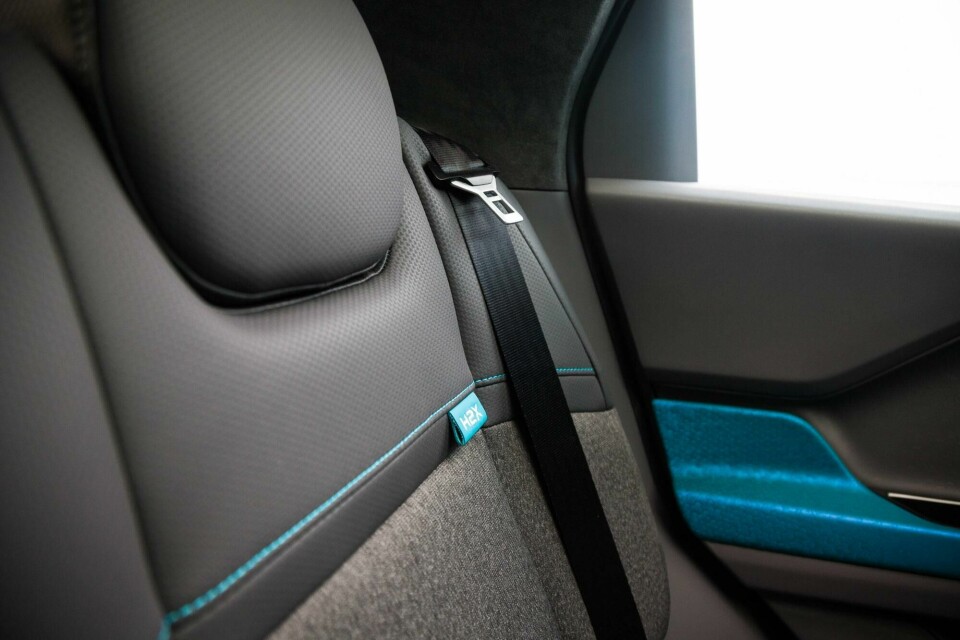
?UMBRACO_MACRO macroAlias="RTEImage" image="546662" caption="" lightbox="1" position="left" size="large-image" ?
Turquoise seat-belt webbing is used prominently in the interior, for door releases, wrapping part of the steering wheel and as retaining straps for items such as removable Bluetooth speakers in the doors. The usage is intended to evoke outdoor sports, echoing the straps of backpacks and other gear.
Another notable theme of the interior is the application of Tata’s tri-arrow motif on tactile surfaces. The design team worked closely with supplier Architexture to exploit the latest 3D-printed techniques, creating textures that fade smoothly from deeply embossed to visually smooth, with a scintillated finish that changes hue with viewing angle.
The same ChromaFlair paint used on exterior items has also been brought into the cabin, on the air vents and seat backs, for example. Technical surfaces, meanwhile, are either piano black or a satin finish the team christened techie black, inspired by the look of heatsinks and cooling fins.
“I don’t think you have to be Nostradamus to see how much of this will translate,” says Uhlarik, adding that the production car previewed by the H2X will need to reach global quality standards. “If you’re selling in the Indian market, your product has to be globally competitive,” he asserts. “The customer is well versed in what is good and what is not.”


















